Product Short Description
Technical Specifications
- Processor: High-performance CPU optimized for industrial control tasks.
- Memory: Supports system and application software storage with backup capabilities.
- Communication Interfaces:
- Ethernet: 2 × RJ45 ports for network connectivity (IEEE802.3 compliant).
- Serial Ports: 1 × COM port (RS-232C) for configuration tools.
- CEX-Bus: Communication expansion bus supporting up to 84 modules (7 clusters × 12 non-redundant or 6 redundant modules).
- Optical Modulebus: Connects to S800 I/O systems and other field devices.
- Redundancy Support:
- Dual PM891 modules can operate in redundant mode (primary/backup), ensuring uninterrupted control.
- Hot-swappable design allows module replacement without system shutdown.
Description
- Physical Connectors:
- Power supply and status signals (L+, L-, SA, SB).
- DB25 connector for electrical CEX-Bus.
- Optical Modulebus connector for fieldbus integration.
- Redundancy link connectors.
- Environmental Ratings:
- Operating temperature: -30°C to +70°C.
- Protection class: IP67 (dust-tight, waterproof).
Functional Characteristics
- High-Speed Processing: Handles complex control algorithms and large-scale process systems.
- Flexible Communication: Supports multiple protocols, including PROFIBUS, Modbus, and Ethernet/IP, via optional communication modules (e.g., CI854, CI862).
- Redundancy: Ensures system availability by seamlessly switching to a backup module in <10 ms during faults.
- Diagnostics: Built-in Watchdog timer and SNTP/NTP clock synchronization for reliable operation.
- Programming: Compatible with IEC 61131-3 standards, supporting structured text, ladder logic, and other programming languages.
- Scalability: Modular design allows easy expansion of I/O and communication capabilities.
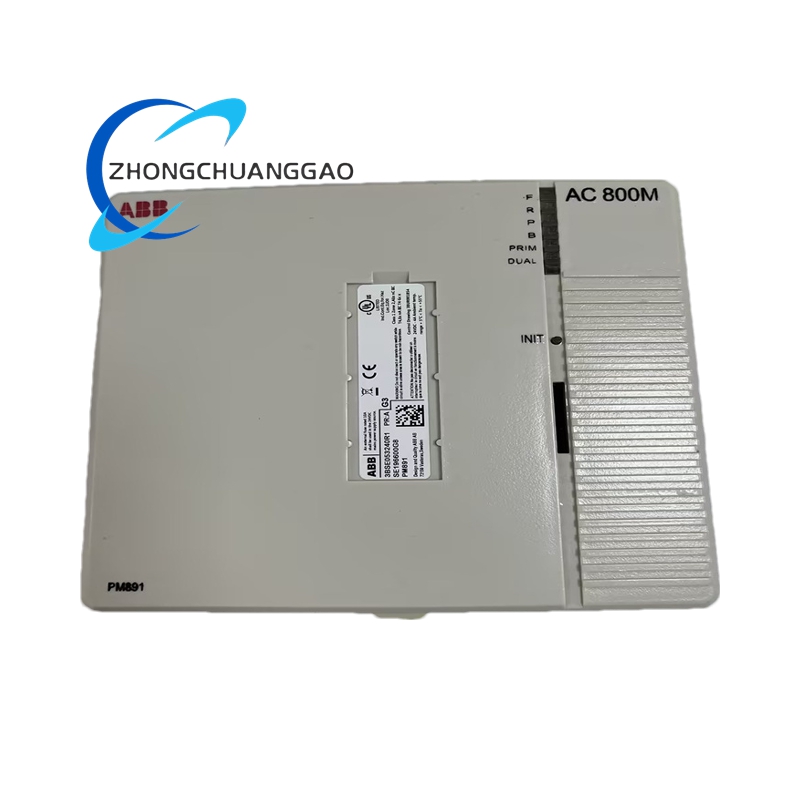
Application Scenarios
- Process Control: Manages tension in paper mills, textile production, and metal rolling to prevent defects like web breaks.
- Safety Systems: Implements safety instrumented functions (SIF) in oil & gas, chemical, and nuclear industries.
- Machine Automation: Controls robotic systems, conveyors, and packaging lines in automotive and electronics manufacturing.
- Power Generation: Monitors and regulates wind turbines, solar inverters, and grid management systems.
- Water Treatment: Optimizes pump and valve control in wastewater management and desalination plants.
Industry Applications
- Manufacturing: Automation of assembly lines, quality control, and material handling.
- Energy: Wind farm control, solar panel tracking, and smart grid management.
- Metallurgy: Steel rolling mills, continuous casting, and material processing.
- Petrochemicals: Refinery process optimization, pipeline monitoring, and tank farm management.
- Pharmaceuticals: Cleanroom automation, batch processing, and compliance with regulatory standards.
Advantages
- Reliability: Redundant architecture minimizes downtime and ensures continuous operation.
- Precision: High-resolution analog and digital I/O for accurate measurement and control.
- Durability: IP67-rated housing withstands harsh industrial environments.
- Compatibility: Integrates seamlessly with ABB’s DCS, PLC, and third-party devices.
- Ease of Maintenance: Hot-swappable modules and diagnostic tools simplify troubleshooting.
Software and Tools
- Configuration: ABB Control Builder M for program development, debugging, and firmware updates.
- Diagnostics: ABB AssetCare software for remote monitoring and predictive maintenance (OPC UA compatible).
- Integration: Supports OPC UA for secure data exchange with IT systems and cloud platforms.

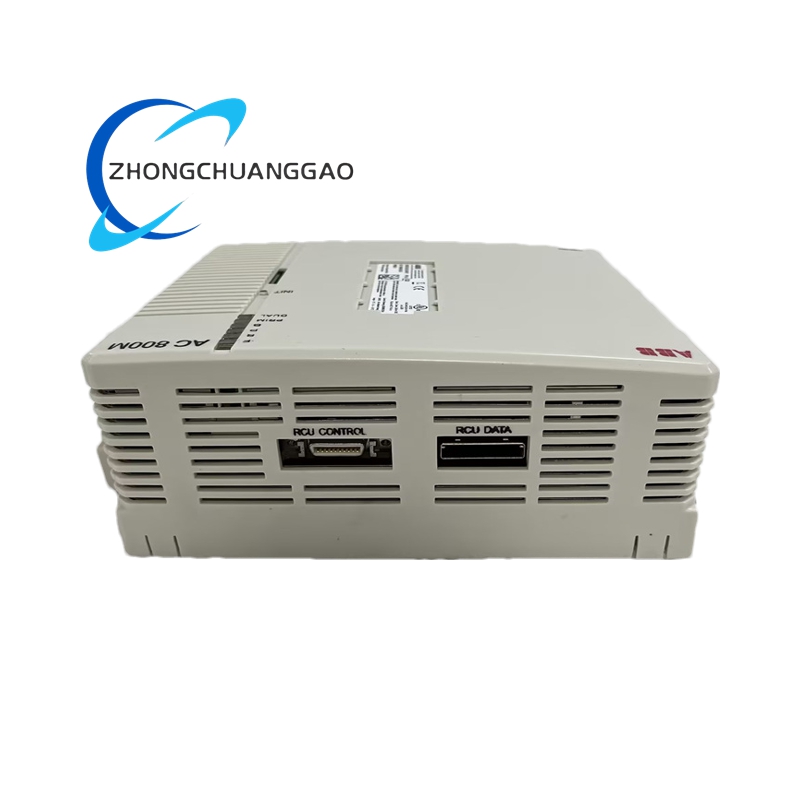
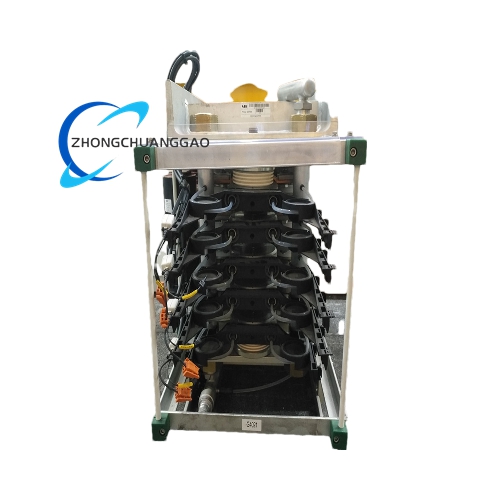
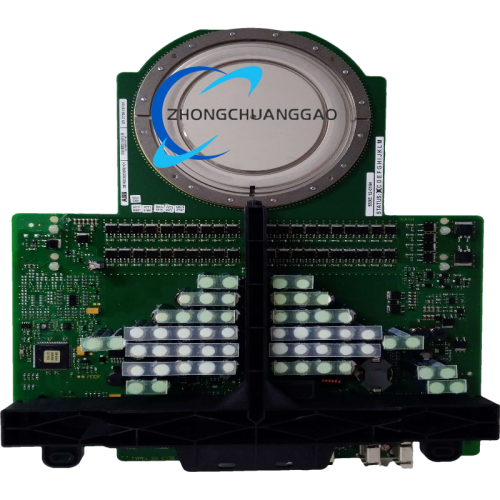
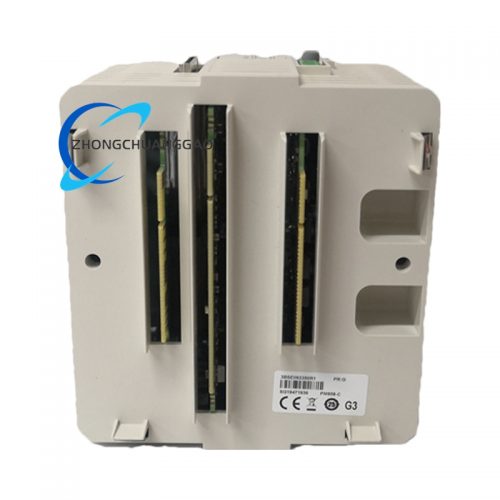
Reviews
There are no reviews yet.